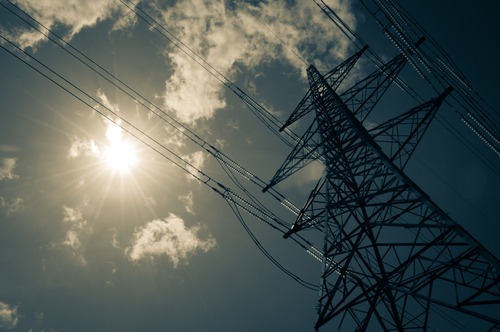Report: Risk of energy shortfalls under summer heat could reach two-thirds of North America

According to a new analysis from the North American Electric Reliability Corporation (NERC), as much as two-thirds of North America could be at risk of electricity supply shortages during summer 2023’s hottest, highest demand periods.
While all 20 NERC assessment areas reported adequate power resources for normal peak summer demand this year, some are at elevated risk of shortages if hit with extreme summer weather. Those at risk include the U.S. Western Interconnection, SPP, MISO, ERCOT, SERC-Central and New England. In all cases, heat-related issues, and a surge of air conditioner use, could spell doom for the system.
Beyond the energy surge from those coping through air conditioning, NERC cautioned that widespread heat waves could also limit electricity transfers because that electricity would be needed to meet local demand. This, therefore, would cut into the supply available, exacerbating the energy shortfalls.
Each region comes with its own unique concerns, though. The Western Interconnection, for example, in theory has enough supply to support peak demand, but because it relies on regional electricity transfers to meet peak demand and evening needs when solar power becomes unavailable, widespread heat waves could lead to increased shortfall risks. By contrast, SPP and MISO’s main issue stems from their reliance on wind power, the intermittent nature of which means that days of low wind yet high demand could lead to energy emergencies.
Meanwhile, Texas’s ERCOT relies heavily on dispatchable generation, such as that provided from natural gas or coal-fired plants. In June, ERCOT already had to ask residents to voluntarily curb electricity use in the face of a heatwave, and NERC noted the system may be insufficient to meet electricity demand during a high heat wave, low wind period, since it also utilizes a lot of wind power for its generation mix.
This leaves SERC-Central and NPCC-New England. Of these, SERC appeared to be in the better position, with sufficient supply for normal peak summer demand and utilities able to deploy demand-side management during above-normal peak summer demand or generator-outage situations. However, NPCC has less available capacity than it did last summer, and while it likely has enough capacity to meet normal peak summer conditions, if extreme situations arise, it may need to turn to neighboring areas for resources.
